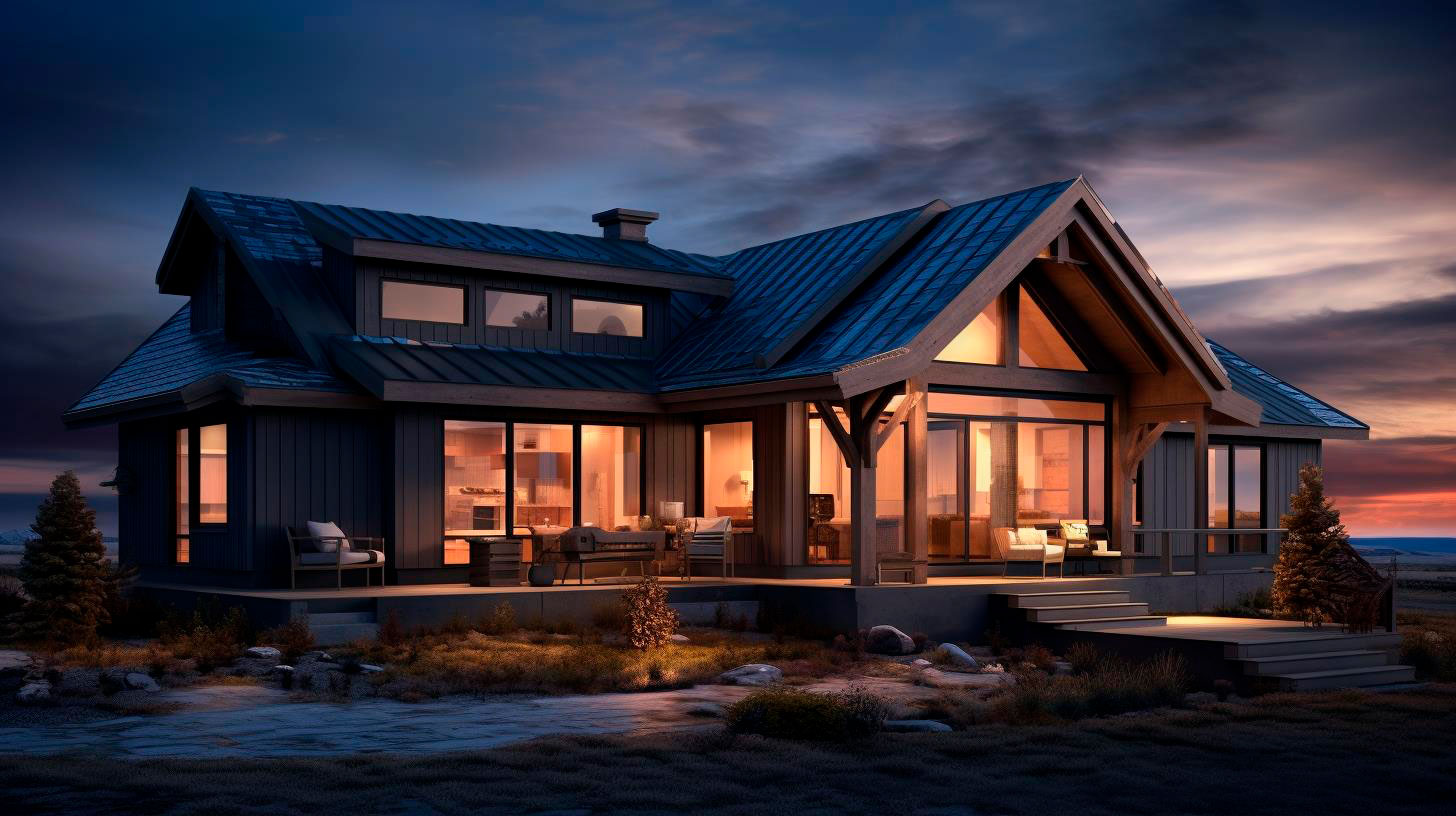However, it is not without its challenges. In this article, we will delve into the unique obstacles faced by drone wildlife photographers and discuss how they can overcome them.
The Unpredictability of Wildlife
Wild animals are notorious for their unpredictable behavior, which poses a significant challenge for drone photographers. Since drones operate from an aerial viewpoint, they rely on animals to be within visible range and in a cooperative mood. This can prove to be particularly challenging when trying to capture rare or elusive species.
- Key takeaway: Patience and adaptability are crucial for drone photographers to wait for the right moment and be prepared to change their approach at a moment’s notice.
Camera Stability and Quality
Another challenge faced by drone wildlife photographers is ensuring camera stability and capturing high-quality images. Drones are subjected to various external factors, including wind and vibrations, that can affect the stability of the camera. Additionally, the distance between the drone and the subject can impact the image’s clarity and detail.
- Key takeaway: Investing in a drone with advanced stabilization features and a high-quality camera is essential for overcoming this challenge and achieving stunning wildlife photography results.
Legal Restrictions and Safety Concerns
Drone usage is subject to legal restrictions and safety regulations, which can vary from one location to another. When it comes to wildlife photography, there are often additional rules in place to protect animals and their habitats. For example, in certain areas, drones may be prohibited from flying too close to nesting sites or interfering with animal behavior.
- Key takeaway: It is crucial for drone wildlife photographers to research and comply with the regulations specific to their location, ensuring the safety of both the animals and the drone itself.
Battery Life and Flight Time
Drone photographers often face the challenge of limited battery life and flight time. In wildlife photography, it can be challenging to capture the perfect shot within a limited timeframe. Additionally, wildlife photographers may need to track animals over long distances, making extended flight time necessary.
- Key takeaway: Investing in extra batteries and planning the flight route carefully can help photographers maximize their time in the air and increase the chances of capturing remarkable wildlife moments.
Environmental Factors
Environmental conditions, such as weather and terrain, can significantly impact drone wildlife photography. Strong winds, rain, or extreme temperatures may hinder the drone’s ability to fly smoothly or compromise image quality. Furthermore, dense forests, rocky cliffs, or uneven landscapes may present challenges in terms of maneuverability and ensuring a clear line of sight.
- Key takeaway: Being aware of the environmental conditions beforehand and having alternative shooting locations in mind can help drone photographers navigate these challenges and capture stunning wildlife imagery.
In Conclusion
While drone wildlife photography presents unique challenges, it offers remarkable opportunities to capture awe-inspiring images and gain new insights into animal behavior. By being patient, adaptable, and well-prepared, photographers can overcome these obstacles and produce exceptional wildlife photography.













+ There are no comments
Add yours